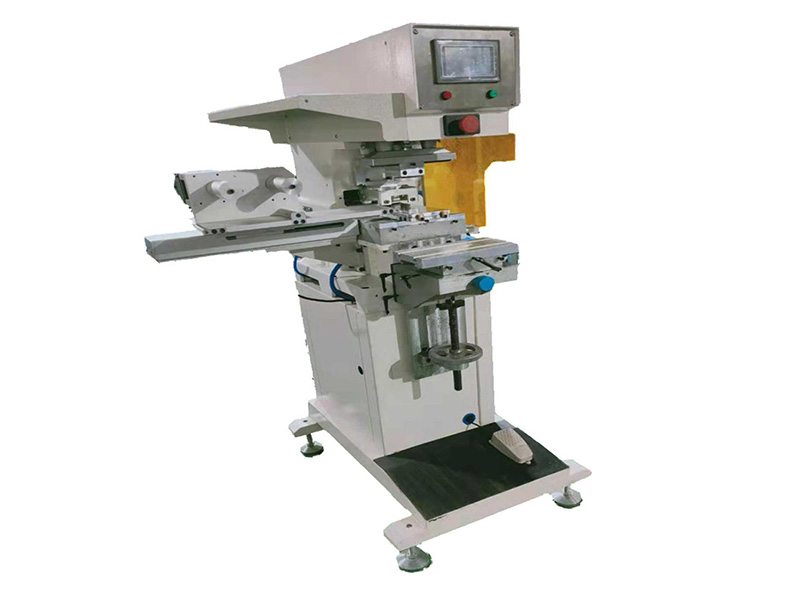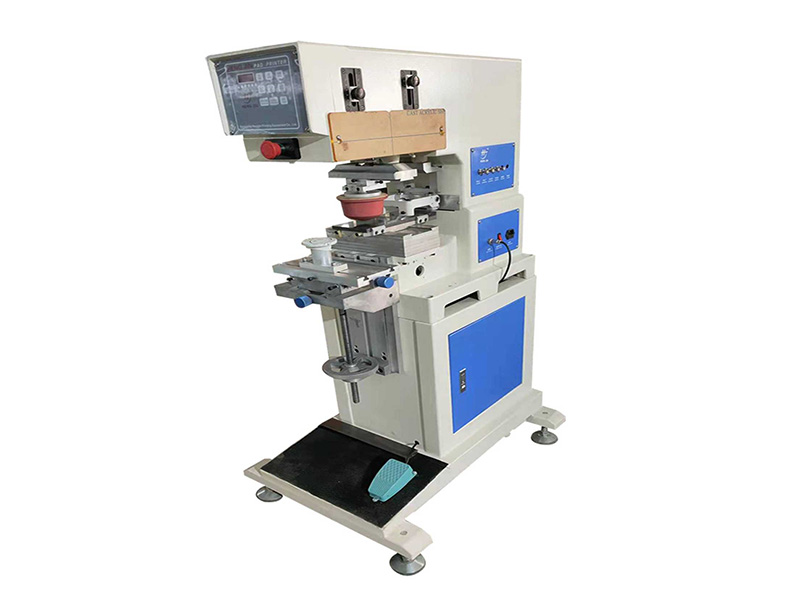As various industrial products have put forward requirements for thick films, the screen printing industry has put forward requirements for screen printing machines. However, due to the low requirements for thick films in the early stage, and the lack of large flat products for thick film printing, and due to technological constraints, products with large flat thick film requirements have not appeared. Therefore, the screen printing industry generally does not attach importance to the development of thick films. When factories in the screen printing machine manufacturing industry receive the demand for thick film printing, It is generally believed that using a flat screen printing machine with electric control is sufficient, and the general requirements can be met. However, in reality, thick film printing can indeed meet the general requirements. Occasionally, some thick film printing with higher requirements are switched to servo controlled scraper operation. Then we improved the thickness of the photosensitive paste on the screen, which indeed solved some of the problems. However, with the emergence of higher requirements and larger format thick film products, the film thickness of existing screen printing machines cannot be controlled. Therefore, companies with requirements for thick film have put forward requirements for screen printing machines. However, due to the relatively leading position of the thick film industry, it is still in a relatively advanced area, The technology has not been publicly disclosed and supported by the majority of people. The pyramid style technology control method has made thick film manufacturing enterprises unwilling to disclose their technical indicators and only open them to cooperating suppliers, thus hindering the rapid development of thick film screen printing machines to some extent.
Guangdong Hengjin Intelligent Equipment Co., Ltd. came into contact with thick film printing five years ago and, like most silk screen manufacturing enterprises, provided electric silk screen machines with servo control for scraper operation. However, since 2019, several thick film manufacturing enterprises have proposed the concept of thick film and proposed precise numbers and technical indicators. In the face of this problem, the technical department of Guangdong Hengjin Intelligent Equipment Co., Ltd, Continuous meetings were held to study and a large number of experiments were conducted to identify some important parts and structures that affect thick films, and to share and explore with readers.
An important component of thick film screen printing machines
A thick film screen printing machine, like a regular screen printing machine, is composed of three main parts: a screen, a printing head, and a workbench. A regular screen printing machine usually has a printing head component that adopts a guide rail+timing belt mode, and the power is mostly a variable frequency motor or servo motor. Some even use a rodless cylinder, and low requirements are not commonly expressed. The screen panels are mostly made of aluminum frames (with a cross-section of mouth shaped, Japanese shaped, or Tian shaped) that are welded together, and the flatness cannot be accurately calculated. The lifting and lowering of the screen panels are mostly done using a crankshaft structure, using a speed reducing motor through frequency conversion, or using a servo motor+ball screw for vertical lifting and lowering. Workbenches are also mostly made of stainless steel plates bonded together, or aluminum plates processed by a large water grinding machine, with a range of 1 meter * 1 meter and a flatness of more than 0.1mm. The ordinary conventional screen printing machine composed of these three parts has accumulated errors in various parts, and the so-called parallelism cannot be guaranteed at all. The requirements for overall flatness of thick film products have now reached between 0.01 and 0.02mm. How can conventional screen printing machines meet the requirements for high-precision thick films.
The three major components of the thick film screen printing machine will be improved and changed based on the factors that affect the thick film. In the early stage, we mentioned the flatness of the printing head and screen plate





